The difference between RFID and NFC
NFC technology originated from RFID, but there are certain differences compared with RFID, mainly including the following:
1. Operating frequency: NFC works at 13.56MHz, while RFID works at low frequency, high frequency (13.56MHz) and ultra-high frequency.
2. Working distance: The working distance of NFC is theoretically 0~20cm, but in the realization of the product, due to the use of special power suppression technology, its working distance is only 0~10cm, so as to better ensure the security of the business. Since RFID has different frequencies, its working distance varies from a few centimeters to tens of meters.
3. Working mode: NFC supports both read/write mode and card mode. In RFID, the card reader and the contactless card are two separate entities and cannot be switched.
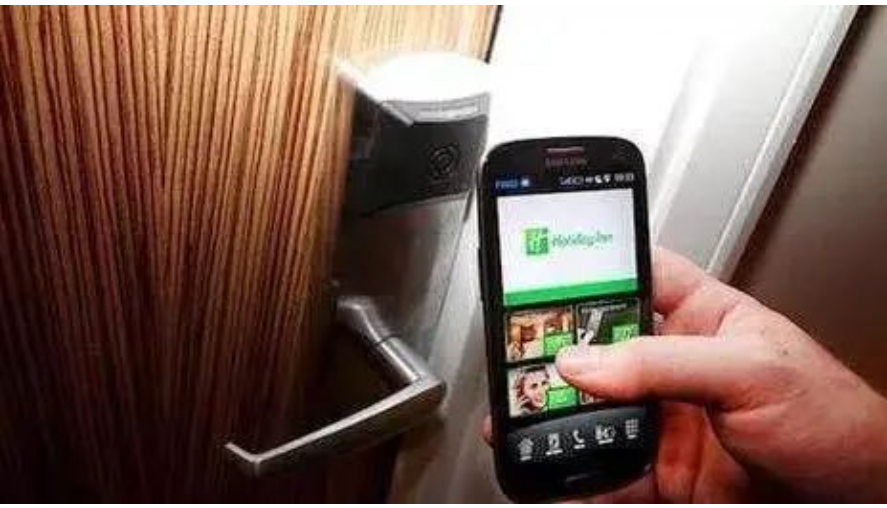
4. Point-to-point communication: NFC supports P2P mode, RFID does not support P2P mode.
5. Applications: RFID is more used in production, logistics, tracking and asset management, while NFC works in access control, bus cards, mobile payment and other fields.
6. Standard protocol: The underlying communication protocol of NFC is compatible with the underlying communication standard of high-frequency RFID, that is, compatible with ISO14443/ISO15693 standards. NFC technology also defines relatively complete upper-layer protocols, such as LLCP, NDEF and RTD.
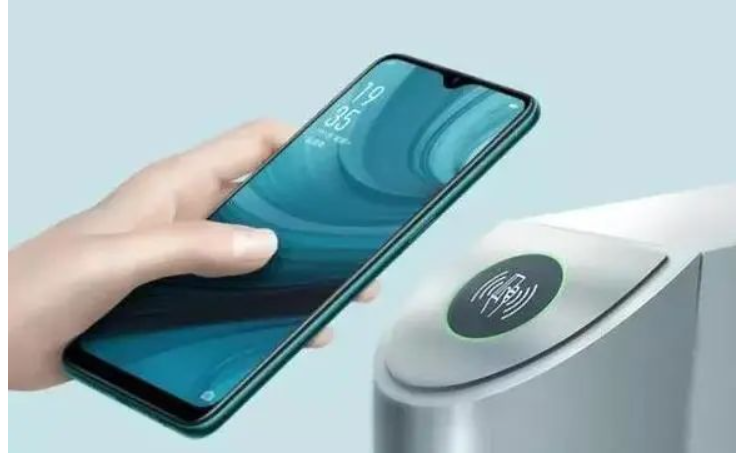
NFC and RFID in action:
1. The devices with built-in NFC function are mainly mobile phones, and there are also many tablets and Bluetooth audio devices with built-in NFC function. There are five main types of NFC technology applications in mobile phones:
1. Touch and Go, such as access control, tickets and tickets, etc., the user can store the ticket or access control code near the card reader, and can also be used for logistics management.
2. Touch and Pay, such as contactless mobile payment, the user can place the device close to the POS machine embedded with the NFC module to make the payment and confirm the transaction.
3. Touch and Connect, e.g. connecting two NFC devices for peer-to-peer data transfer, such as downloading music, transferring pictures, and exchanging contacts.
4. Touch and Explore, users can connect their NFC mobile phones to NFC-enabled smart public phones or posters on the street to browse traffic information, etc.
5. Load and Touch, users can receive or download information through the GPRS network for payment or access control functions, as mentioned above, users can send a specific format of text messages to the domestic helper's mobile phone to control the housekeeper's access to the house.

Second, the application of RFID technology is mainly divided into three categories: passive RFID products, active RFID products, and semi-active RFID products.
1. Passive RFID products are the earliest, the most mature and the most widely used in the market. For example, bus cards, canteen meal cards, bank cards, hotel access control cards, second-generation ID cards, etc., which can be seen everywhere in our daily life, belong to the category of close contact identification.
2. Active RFID products, with their long-distance automatic identification characteristics, determine their huge application space and market potential. It has major applications in the field of long-distance automatic identification, such as smart prisons, smart hospitals, smart parking lots, smart transportation, smart cities, smart earth and the Internet of Things. Active RFID has sprung up in this field and belongs to the category of long-distance automatic identification.
3. Semi-active RFID products, combined with the advantages of active RFID products and passive RFID products, let microwave 2.45G play an advantage under the trigger of low-frequency 125KHZ frequency. Semi-active RFID technology, also known as low-frequency activation trigger technology, uses low-frequency short-range precise positioning, microwave long-distance identification and data upload to solve the functions that cannot be achieved by pure active RFID and passive RFID.
To put it simply, it is to activate positioning at close range, identify and upload data from a distance. The product integrates the advantages of active RFID and passive RFID, and has great advantages in the fields of access control access management, precise personnel positioning, area positioning management, perimeter management, electronic fence and security alarm.
-
 What does the IoT EPC consist?What is the architecture of an IoT EPC? RFID systems are indispensable! With the acceleration of global economic integration and information networking, in order to meet the identific
What does the IoT EPC consist?What is the architecture of an IoT EPC? RFID systems are indispensable! With the acceleration of global economic integration and information networking, in order to meet the identific -
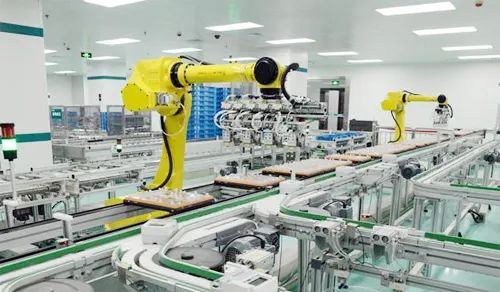 Industrial identification RFIDIndustrial identification RFID: industrial RFID example explanation China is a big industrial country, and industrial manufacturing is gradually moving towards intelligent manufacturing, creati
Industrial identification RFIDIndustrial identification RFID: industrial RFID example explanation China is a big industrial country, and industrial manufacturing is gradually moving towards intelligent manufacturing, creati -
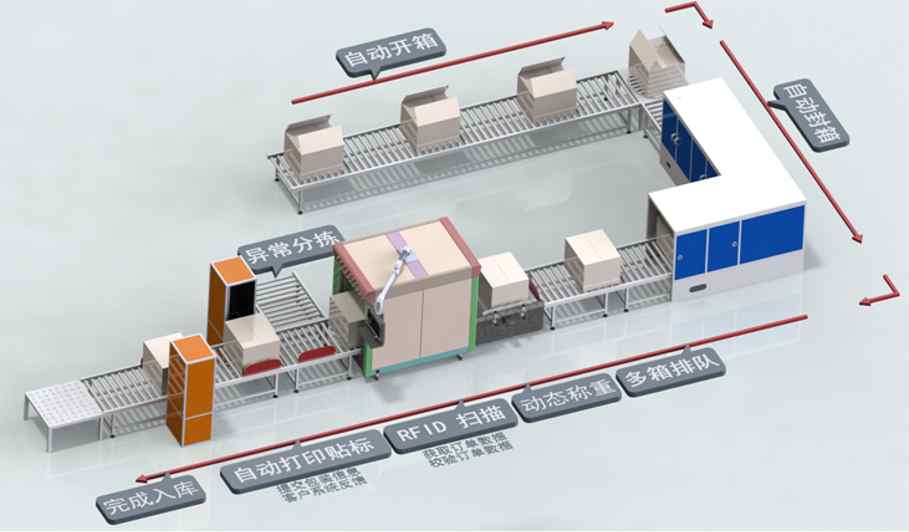 Discussion on RFID Testing Technology of Radio Frequency IdentificationDiscussion on RFID testing technologyWith the reduction of the price of readers and tags and the expansion of the global market, the application of radio frequency identification RFID (hereinafter ref
Discussion on RFID Testing Technology of Radio Frequency IdentificationDiscussion on RFID testing technologyWith the reduction of the price of readers and tags and the expansion of the global market, the application of radio frequency identification RFID (hereinafter ref -
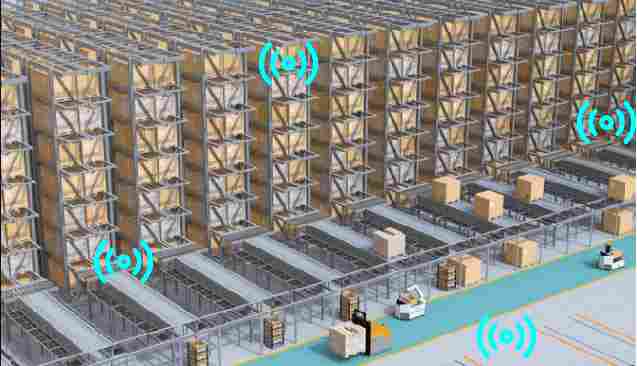 Lora Network Technology BriefWhat is LoRa and LoRaWAN LoRa is a physical layer or wireless modulation to create a long-distance communication connection, LoRa technology based on CSS modulation technology (Chirp Spread Spe
Lora Network Technology BriefWhat is LoRa and LoRaWAN LoRa is a physical layer or wireless modulation to create a long-distance communication connection, LoRa technology based on CSS modulation technology (Chirp Spread Spe










